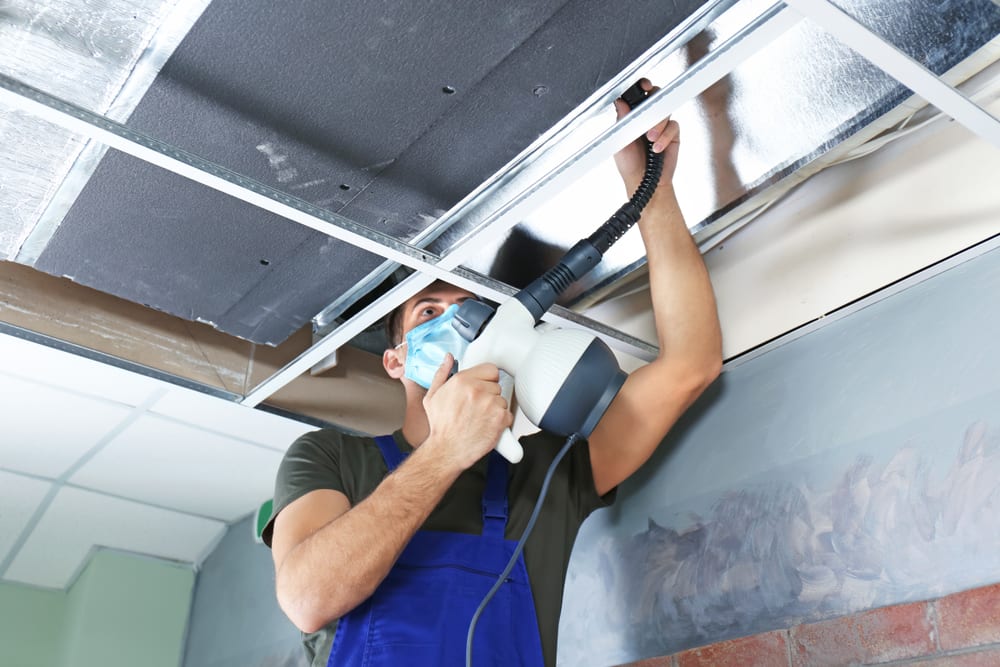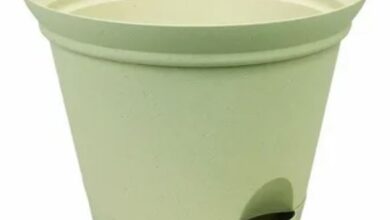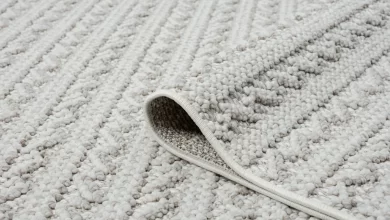Common Problems with UV Light Installation and How to Fix Them
Ultraviolet (UV) light systems are becoming increasingly popular in residential and commercial settings for their ability to improve air quality and extend the lifespan of HVAC systems. By installing UV lights in your ductwork, you can reduce microbial growth and keep your indoor air cleaner. However, UV light installation can come with its own set of challenges. Understanding these common problems and how to address them will ensure your system operates efficiently and effectively.
1. Incorrect UV Light Placement
Problem: One of the most common issues with UV light installation is incorrect placement. UV lights need to be installed in locations where they can effectively target areas prone to microbial growth, such as the evaporator coil and drain pan. Installing the UV light in the wrong spot can lead to reduced efficiency and inadequate disinfection.
Solution: To avoid this problem, follow the manufacturer’s recommendations for placement. Typically, UV lights should be installed near the coil or in the air handler where they can intercept the air before it circulates through the system. Ensure that the light is positioned to cover the maximum surface area of the coil and any other critical components.
2. Inadequate UV Light Intensity
Problem: UV lights come in different intensities, and using a light that is too weak for your specific needs can result in poor performance. If the UV light is not powerful enough, it may not effectively kill bacteria and mold or maintain the cleanliness of your HVAC system.
Solution: Select a UV light system that matches the size and type of your HVAC system. Consult with a professional to determine the appropriate UV light intensity for your specific installation. Regularly check the UV lamp’s intensity using a UV meter and replace the bulb as recommended by the manufacturer to ensure optimal performance.
3. Poor Maintenance and Lamp Replacement
Problem: UV lights require regular maintenance to function properly. Over time, the UV bulbs lose their effectiveness and need to be replaced. Failure to replace bulbs or clean the UV system can lead to decreased efficiency and increased microbial growth.
Solution: Implement a routine maintenance schedule for your UV light system. Replace UV bulbs as per the manufacturer’s recommendations, usually every 12 to 24 months. Clean any dust or debris from the UV light housing and check for any signs of wear or damage. Keeping up with maintenance will help ensure the system operates at peak efficiency.
4. Electrical Issues
Problem: UV light systems are powered by electricity, and electrical issues can arise during installation or operation. Problems such as faulty wiring, incorrect voltage, or tripped breakers can cause the UV light system to malfunction.
Solution: Ensure that the UV light system is installed by a qualified electrician or HVAC technician. Check that all wiring is correctly connected and that the system is receiving the appropriate voltage. If you experience electrical issues, consult with a professional to diagnose and repair any problems.
5. Incompatibility with HVAC System
Problem: Some UV light systems may not be compatible with all types of HVAC systems. Issues can arise if the UV light is not designed for your specific system or if it interferes with the operation of other components.
Solution: Choose a UV light system that is compatible with your HVAC system’s make and model. Consult with a professional who can recommend a UV light system that meets your system’s requirements. Ensure that the installation does not disrupt the operation of other HVAC components or systems.
6. Airflow Disruption
Problem: Improper installation of UV lights can disrupt airflow within the HVAC system. This can lead to decreased system efficiency and increased energy consumption. UV lights should be installed in a way that does not obstruct or restrict airflow.
Solution: Verify that the UV light system is installed in a location that does not interfere with the airflow within the HVAC system. The installation should not block vents or ducts. Consider using a professional to ensure that the UV light is properly installed without disrupting the system’s airflow.
7. Overexposure to UV Light
Problem: Excessive UV exposure can potentially damage HVAC components or affect the quality of indoor air if not properly managed. Overexposure can result in the breakdown of materials or an imbalance in the system’s operation.
Solution: Follow the manufacturer’s guidelines for UV light intensity and exposure duration. Ensure that the UV light system is installed in a manner that avoids overexposure. Regularly inspect the system to make sure it is functioning correctly and that no components are being damaged by the UV light.
8. Reduced Effectiveness Over Time
Problem: As UV lights age, their effectiveness can diminish. This reduction in performance can lead to less effective disinfection and a buildup of contaminants in the HVAC system.
Solution: Replace UV bulbs according to the manufacturer’s schedule to maintain effectiveness. Regularly monitor the performance of the UV light system and consider upgrading to a newer model if performance declines significantly.
For HVAC Excellence, Trust Air Duct LV Heating & Cooling in Las Vegas & Henderson
For reliable air duct services in Las Vegas and Henderson, look no further than Air Duct LV Heating & Cooling. Our commitment to providing excellent service and ensuring customer satisfaction guarantees that your indoor air quality remains top-notch. We offer a comprehensive range of services, from detailed air duct cleaning to essential HVAC maintenance, all aimed at enhancing your home’s comfort and health. Our skilled technicians are prepared to tackle any challenge, ensuring your systems run smoothly throughout the year. Schedule your service at airductlv.com or by calling 702-670-1532. Trust Air Duct LV Heating & Cooling for a clean and comfortable home.



